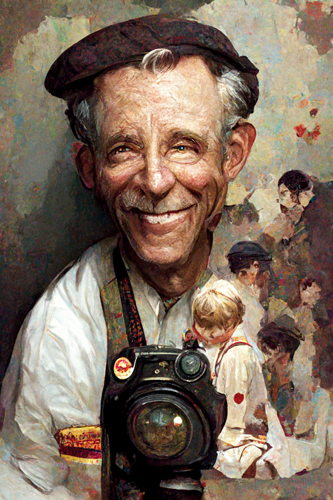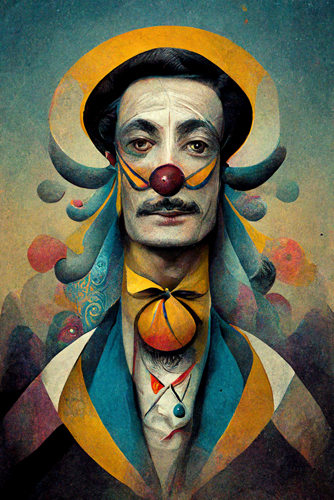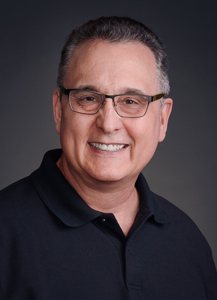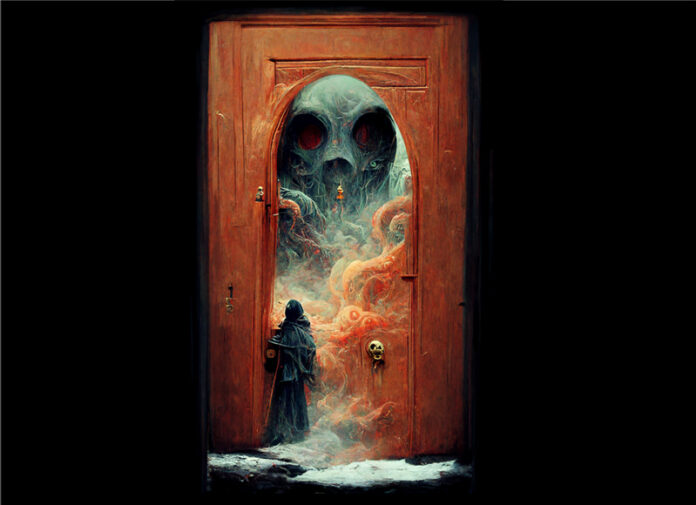By Tim Babiak
Digital art is changing. To date, creating digital art required mastery of special technologies as well as an understanding of art. A new software application called Midjourney is using artificial intelligence (AI) to change all that. Midjourney allows anyone to use words that Midjourney turns into images using AI.
How it Works – To get started, visit https://www.midjourney.com/home/ and click the “Join the beta” button. After a quick installation (free during a trial period) you’ll be ready to go. The design of the software is little confusing at first. You’ll find that you’ll be using a chat server called “Discord”. Instead of chatting with other people, you’ll chat with a “bot”. To create images, you simply provide the bot with some words referred to as a “prompt”. Your words can be anything – they can go into detail or be intentionally vague. They can even describe the style of image or that the image is created in the style of a specific artist.
 From there, Midjourney goes to work creating four images that could match your words. You can request variations on any of these images as well as upscaling any result to as large as 1,920 pixels on the long edge. Options allow using to change the aspect ratio of the frame as well as other variables. The overall options are small but powerful.
From there, Midjourney goes to work creating four images that could match your words. You can request variations on any of these images as well as upscaling any result to as large as 1,920 pixels on the long edge. Options allow using to change the aspect ratio of the frame as well as other variables. The overall options are small but powerful.
How Well Does It Do? – The results generated by the AI are at worst interesting, usually surprising and sometimes superb. Moreover, the range of images appear to be vast. Interestingly, a prompt can yield many variations – in fact, a randomness is overlaid each prompt so using the same prompt several times yields different results.
All of this leads to a wild ride down a rabbit hole of image idea exploration. While users can provide detail (or not), the results are anything but predictable – but many times inspiring.
Does it Create Finished Pieces of Art? – The short answer is “sometimes,” “maybe” and “not really.” Even in the best and most inspiring results, Midjourney leaves telltale signs the image was not created by a human. Most notably, Midjourney has struggled with features of people and animals – but the AI engine seems to be learning and improving on its results.
 What about copyright? – The US Copyright Office has been clear that computer-generated works are not eligible for copyright. Midjourney gives its users rights to use any generated images and Midjourney reserves the right to use any generated images to promote its business. Several PPA Master Photographers such as Nikki Harrison and Scott Detweiler are already using Midjourney art to incorporate into composites. As for PPA photo competitions – everything must continue to follow the rules set out by PPA and its affiliate organizations.
What about copyright? – The US Copyright Office has been clear that computer-generated works are not eligible for copyright. Midjourney gives its users rights to use any generated images and Midjourney reserves the right to use any generated images to promote its business. Several PPA Master Photographers such as Nikki Harrison and Scott Detweiler are already using Midjourney art to incorporate into composites. As for PPA photo competitions – everything must continue to follow the rules set out by PPA and its affiliate organizations.
Is Midjourney the first AI used for digital images? – There have been several tools on the market that use AI for image creation and manipulation. Awhile back, Adobe introduced “neural” filters in Photoshop that use AI. Adobe Photoshop Lightroom Classic now provides AI for automated masking of skies and subjects. Topaz Labs provides AI for noise reduction, sharpening, image enlargement and video enhancement. Retouch4me offers AI tools for retouching including automated blemish removal, dodge and burn, skin smoothing, teeth whitening and backdrop cleanup.
What Does This Mean for the Future of Digital Art? – Midjourney is a big step forward allowing just about anyone to explore ideas and even make content to be included in digital art pieces. One thing is sure – artificial intelligence is changing the future of digital art creation.
 Tim Babiak is a full-time photographer in Austin, Texas. He is a PPA Master Photographer, Photographic Craftsman and Certified Professional Photographer. Tim has served for many years on the Board of Directors of the Austin Professional Photographers Association and is a two-time recipient of the Photographer of the Year award from the Austin Professional Photographers Association. Tim is also a two-time Bronze Medalist in PPA’s International Print Competition.
Tim Babiak is a full-time photographer in Austin, Texas. He is a PPA Master Photographer, Photographic Craftsman and Certified Professional Photographer. Tim has served for many years on the Board of Directors of the Austin Professional Photographers Association and is a two-time recipient of the Photographer of the Year award from the Austin Professional Photographers Association. Tim is also a two-time Bronze Medalist in PPA’s International Print Competition.











